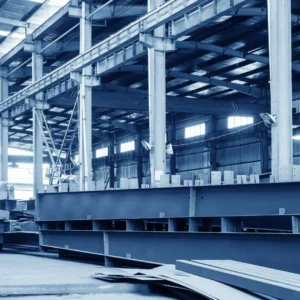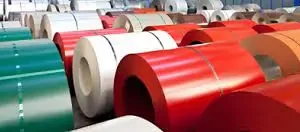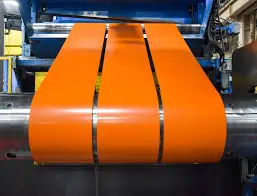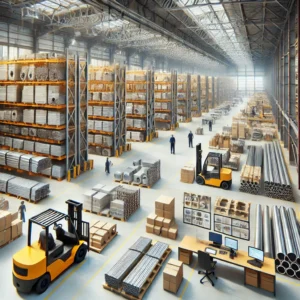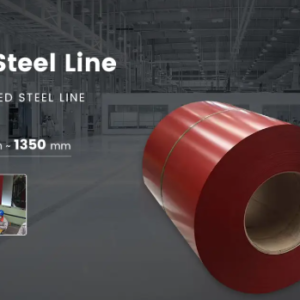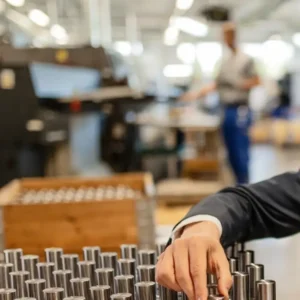EN 10025 S235JR vs S355JR – Which Steel Should You Choose
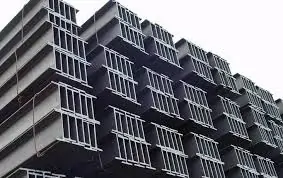
EN 10025 S235JR Structural Steel Plate & EN 10025 S355JR Steel Plate – Properties, Applications, and Comparison
Introduction
The EN 10025 standard specifies structural steel grades widely used in construction, engineering, and fabrication across Europe and beyond. Among its grades, S235JR and S355JR are two of the most commonly used.
While both are non-alloy structural steels with excellent weldability, they differ in mechanical strength, making them suitable for different load-bearing and performance requirements. Understanding these differences helps engineers and fabricators select the right material for cost efficiency and safety.
EN 10025 S235JR Structural Steel Plate
Overview
S235JR is a non-alloy, low-carbon structural steel with a minimum yield strength of 235 MPa. It is highly versatile, easy to machine, and offers good weldability, making it ideal for general construction projects.
Chemical Composition (Typical)
-
Carbon (C): ≤ 0.17%
-
Manganese (Mn): ≤ 1.40%
-
Phosphorus (P): ≤ 0.035%
-
Sulfur (S): ≤ 0.035%
-
Nitrogen (N): ≤ 0.012%
Mechanical Properties
-
Yield Strength: ≥ 235 MPa
-
Tensile Strength: 360–510 MPa
-
Elongation: ≥ 26% (for thickness ≤ 16 mm)
-
Impact Energy: 27 J at +20°C (JR designation)
Key Advantages
-
Good formability for bending and shaping
-
Excellent weldability without preheating
-
Readily available and cost-effective
-
Suitable for normal temperature conditions
Common Applications
-
Building frames and beams
-
Bridges and walkways
-
Structural supports
-
General metal fabrication
-
Machinery frames and components
EN 10025 S355JR Steel Plate
Overview
S355JR is a higher-strength non-alloy structural steel with a minimum yield strength of 355 MPa. It retains the good weldability of S235JR but offers greater load-bearing capacity, making it better suited for demanding structural applications.
Chemical Composition (Typical)
-
Carbon (C): ≤ 0.20%
-
Manganese (Mn): ≤ 1.60%
-
Phosphorus (P): ≤ 0.035%
-
Sulfur (S): ≤ 0.035%
-
Nitrogen (N): ≤ 0.012%
Mechanical Properties
-
Yield Strength: ≥ 355 MPa
-
Tensile Strength: 470–630 MPa
-
Elongation: ≥ 22% (for thickness ≤ 16 mm)
-
Impact Energy: 27 J at +20°C (JR designation)
Key Advantages
-
Higher strength-to-weight ratio than S235JR
-
Good impact resistance
-
Excellent weldability for thick sections
-
Allows for lighter structures without compromising safety
Common Applications
-
Heavy-duty building frameworks
-
Bridges and offshore structures
-
Pressure-bearing structures
-
Transport equipment and cranes
-
Industrial platforms
Comparison: EN 10025 S235JR vs S355JR
| Feature / Property | S235JR | S355JR |
|---|---|---|
| Minimum Yield (MPa) | 235 | 355 |
| Tensile Strength (MPa) | 360–510 | 470–630 |
| Weldability | Excellent | Excellent |
| Formability | Higher | Slightly lower |
| Cost | Lower | Higher |
| Applications | General construction | Heavy-duty structures |
Conclusion
Both EN 10025 S235JR and S355JR steel plates are excellent choices for structural applications.
-
S235JR is ideal for general-purpose use where moderate strength is sufficient and cost efficiency is a priority.
-
S355JR offers higher strength for demanding projects, enabling reduced material thickness while maintaining structural integrity.
Selecting between them depends on load requirements, structural design, and budget considerations.

